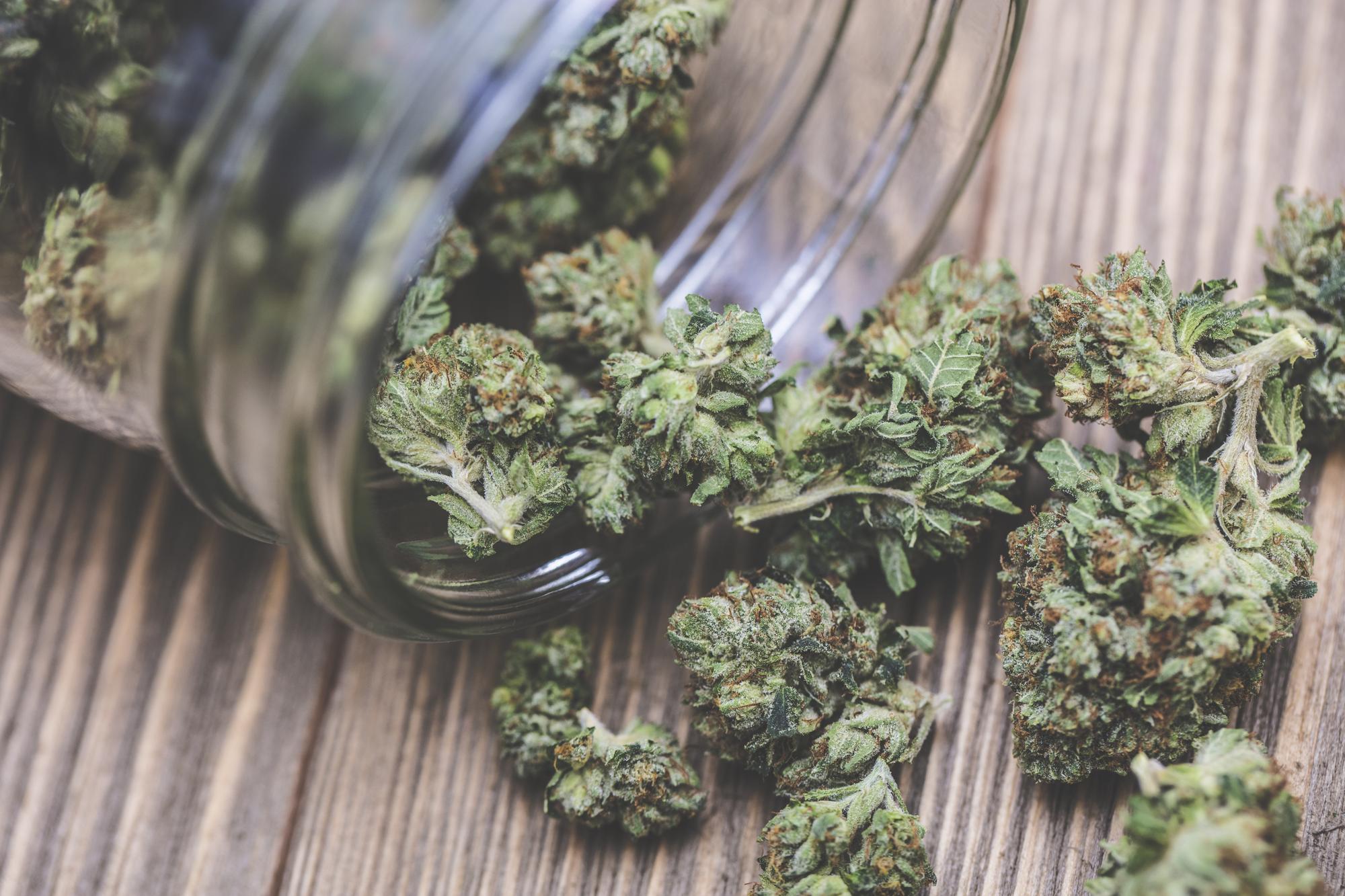Some cannabis products rack up five-star raves while others get “meh” and “never again” in the same week. There are several concrete reasons for these mixed reviews—and most come down to biology, batches, labels, and expectations.
First, people’s bodies are different. Consumers don’t metabolize cannabinoids and terpenes the same way, so the very “same” product can feel uplifting to one person and sedating to another. Research shows terpenes—aromatic compounds like myrcene, limonene, α-pinene, and β-caryophyllene—interact with the endocannabinoid system and can shape perceived effects, which vary by individual biology and context. Edibles add another layer: onset can take 45–90 minutes (sometimes longer), and effects last hours, so impatience or stacking doses often turns a gentle experience into an overpowering one—fertile ground for polarized reviews. Credible consumer guides continue to advise “start low and go slow” for this reason.
Second, product-to-product—and even batch-to-batch—variation is real. Recent analyses in Colorado and elsewhere found that labeled THC often overstates actual potency, with systematic discrepancies tied to variability in testing and sampling. This means two jars with the same printed numbers can produce different results, fueling conflicting feedback from shoppers who expected a precise effect tied to the label. Beyond labels, even within a single harvest, measured THC can differ across top, middle, and bottom buds or among plants in the same lot, so the “same” strain may not be as identical as a barcode suggests.
Third, tolerance and prior exposure shape reviews. Higher-potency products are linked with faster tolerance accrual; a frequent consumer may rate a product as “mild,” while a first-timer reports it as “too strong,” despite consuming the same labeled dose. Demographics and preferences matter as well—market data shows different age groups lean toward different formats and price tiers, influencing what they value (flavor vs. strength vs. convenience) and how they score products.
Fourth, expectations—often primed by marketing and inflated potency claims—shape perception. Allegations of “lab shopping” and potency inflation have surfaced in several markets; when claims don’t match lived effects, disappointed buyers leave sharper critiques, while others—primed to expect intensity—may rate the same item higher. These disputes can appear in headlines and court filings alike, underscoring how testing integrity ripples into consumer trust and review patterns.
Finally, storage and time can quietly change a product. Terpenes are volatile and degrade; if a consumer buys a fresher batch rich in limonene and pinene, they may praise flavor and clarity, while someone purchasing weeks later from a warm shelf experiences muted aroma and blunted effects. Scientific overviews of cannabis terpenes highlight their volatility and role in sensory experience—factors that make handling and shelf conditions meaningful to the end review.
Bottom line: mixed reviews usually signal a complex product meeting an even more complex human. For shoppers, the practical play is to read across multiple reviews, note batch numbers, consider your tolerance, and pay attention to terpene profiles (not just THC). For brands and retailers, tighter testing standards, transparent terpene data, and honest expectation-setting can turn review volatility into repeatable, trusted experiences.

